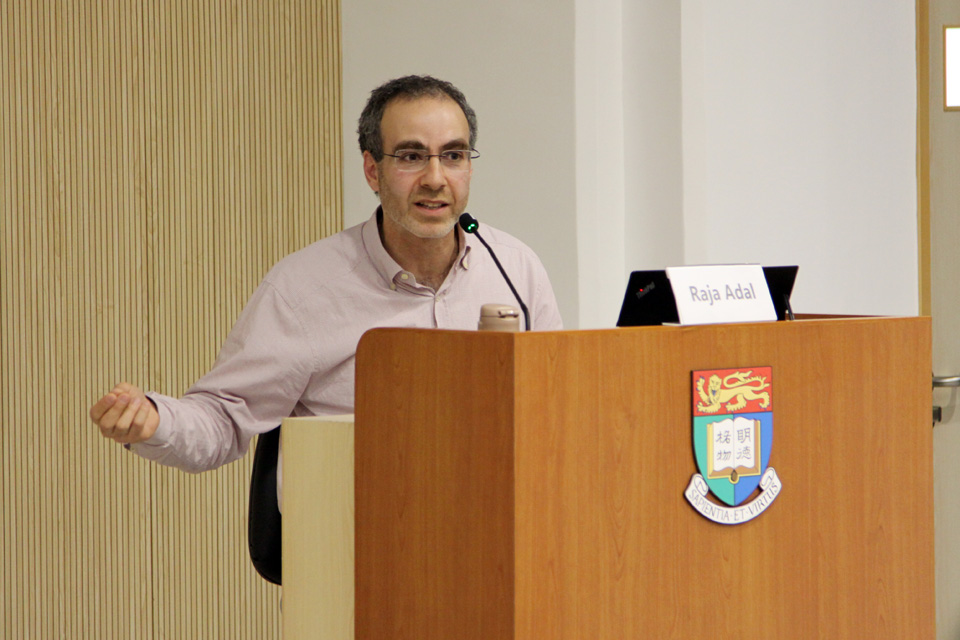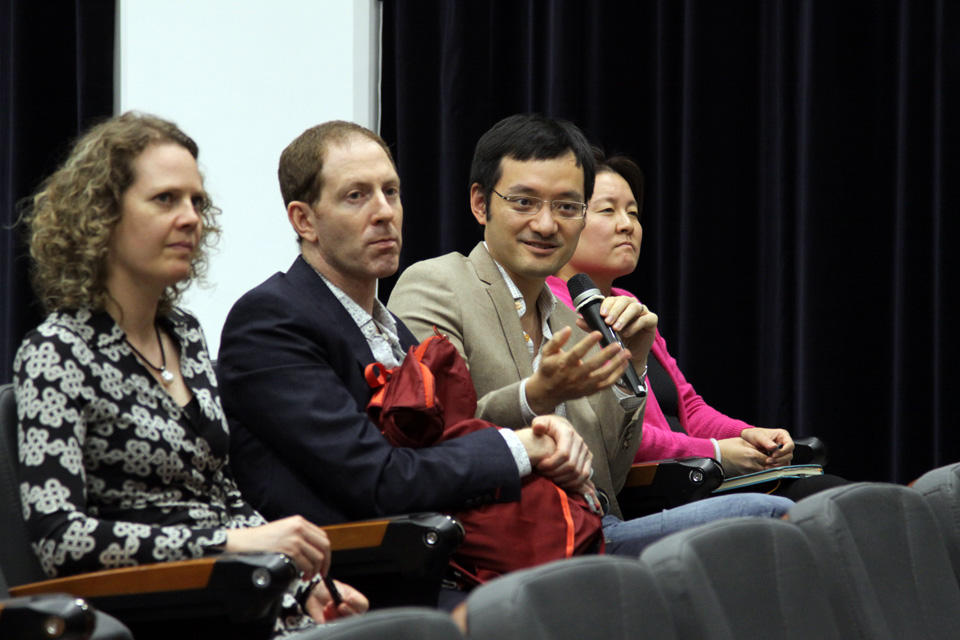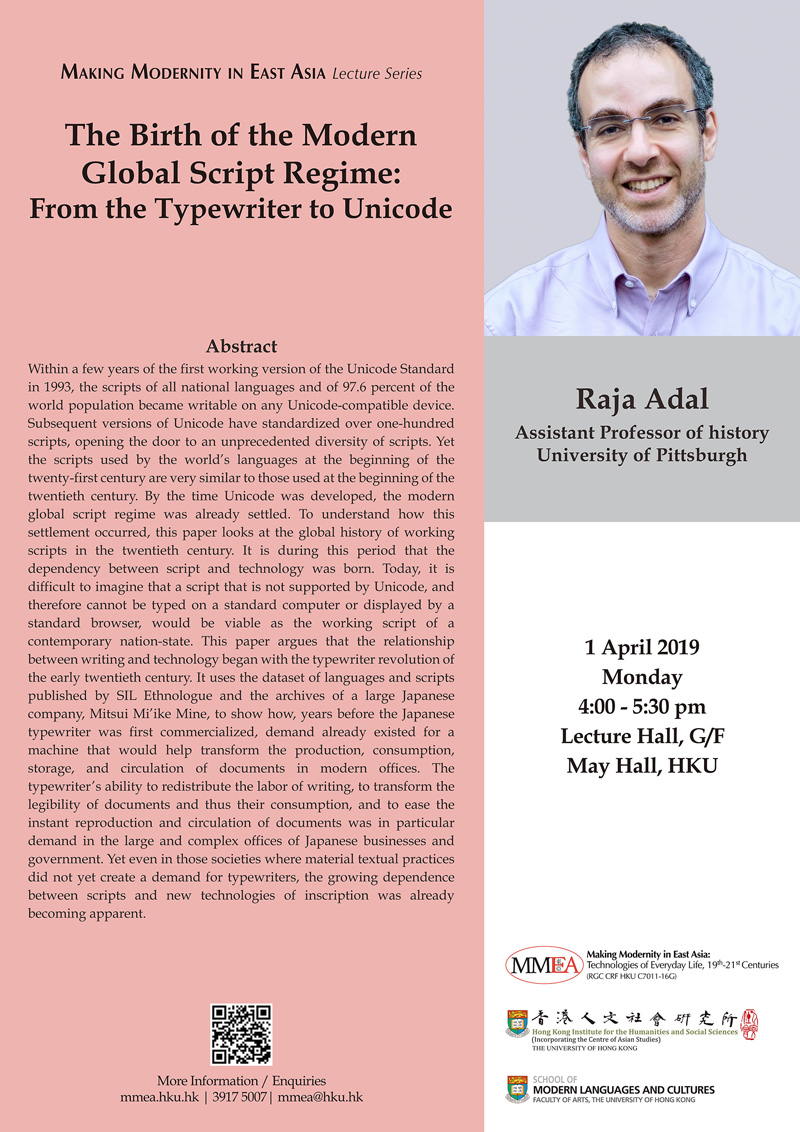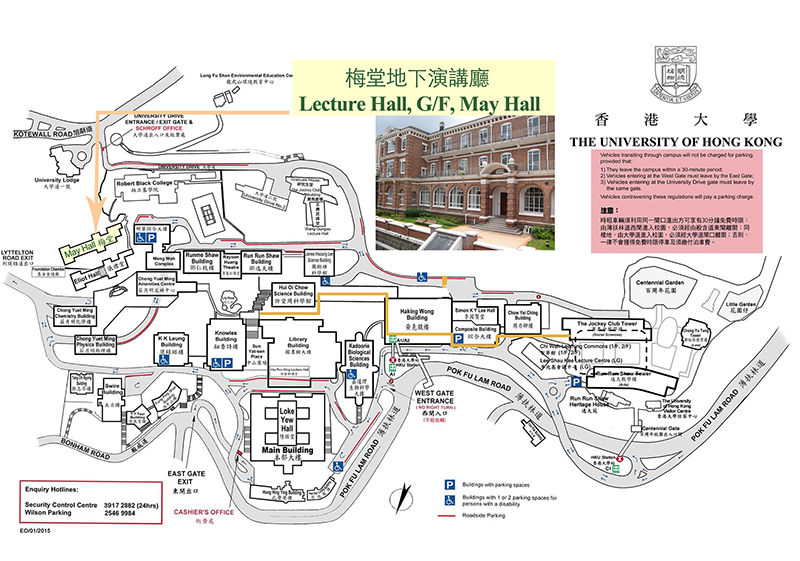Abstract
Within a few years of the first working version of the Unicode Standard in 1993, the scripts of all national languages and of 97.6 percent of the world population became writable on any Unicode-compatible device. Subsequent versions of Unicode have standardized over one-hundred scripts, opening the door to an unprecedented diversity of scripts. Yet the scripts used by the world’s languages at the beginning of the twenty-first century are very similar to those used at the beginning of the twentieth century. By the time Unicode was developed, the modern global script regime was already settled. To understand how this settlement occurred, this paper looks at the global history of working scripts in the twentieth century. It is during this period that the dependency between script and technology was born. Today, it is difficult to imagine that a script that is not supported by Unicode, and therefore cannot be typed on a standard computer or displayed by a standard browser, would be viable as the working script of a contemporary nation-state. This paper argues that the relationship between writing and technology began with the typewriter revolution of the early twentieth century. It uses the dataset of languages and scripts published by SIL Ethnologue and the archives of a large Japanese company, Mitsui Mi’ike Mine, to show how, years before the Japanese typewriter was first commercialized, demand already existed for a machine that would help transform the production, consumption, storage, and circulation of documents in modern offices. The typewriter’s ability to redistribute the labor of writing, to transform the legibility of documents and thus their consumption, and to ease the instant reproduction and circulation of documents was in particular demand in the large and complex offices of Japanese businesses and government. Yet even in those societies where material textual practices did not yet create a demand for typewriters, the growing dependence between scripts and new technologies of inscription was already becoming apparent.
About the Speaker

Raja Adal is an Assistant Professor of History at the University of Pittsburgh with a Ph.D. from Harvard University. His publications include Beauty in the Age of Empire: Japan, Egypt, and the Global History of Aesthetic Education (forthcoming, Columbia University Press, 2019), “Aesthetics and the End of the Mimetic Moment: The Introduction of Art Education in Japanese and Egyptian Schools” (Comparative Studies in Society and History) and “Japan’s Bifurcated Modernity: Writing and Calligraphy in Japanese Public Schools, 1872-1943” (Theory, Culture, and Society). He is currently working on a global material history of writing in the twentieth century.
Organizer
CRF Project “Making Modernity in East Asia: Technologies of Everyday Life, 19th – 21st Centuries” (RGC CRF The University of Hong Kong C7011-16G), Hong Kong Institute for the Humanities and Social Sciences, The University of Hong Kong
School of Modern Languages and Cultures, The University of Hong Kong
Photo Highlights





